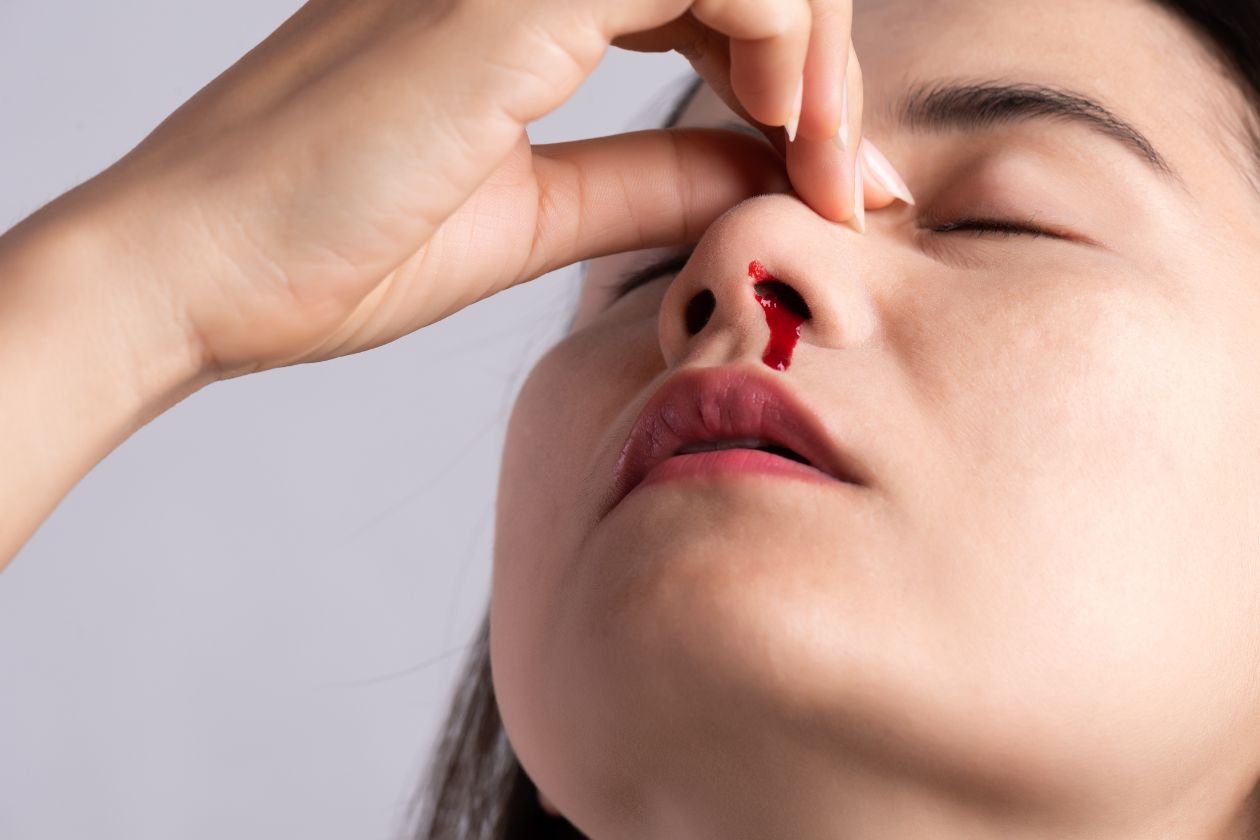In a world where information is readily available at our fingertips, it’s astonishing to see how so many first aid myths and old wives’ tales continue to persist. These misconceptions can sometimes be harmless, but in certain situations, they might cause ineffective treatment or exacerbate injuries. Join us as we debunk several common first aid myths and old wives’ tales; learn which first aid knowledge is based on scientific evidence and expert advice and which isn’t.
Table of Contents
Myth 1: You Should Tilt Your Head Back To Stop a Nosebleed
Contrary to popular belief, tipping your head backward when you experience a nosebleed shouldn’t be your first course of action. Doing so can lead to blood flowing down the throat and into the stomach, which may cause nausea and vomiting. Instead, you should lean forward slightly while pinching the bridge of the nose. This position allows the blood to exit the nose safely. Things may look gross for a little while, but you’ll be far more comfortable in this position. Continue holding this position until the bleeding stops, and seek medical attention if the nosebleed persists for more than 15–20 minutes.
Myth 2: Wounds Need To “Breathe” in Order To Heal
The idea that wounds need to dry out to heal is another common first aid myth that many people still follow. While there is some benefit to allowing a scab to form on a wound, allowing a wound to dry out can actually delay the healing process and increase the risk of scarring. Moisture is actually incredibly important in the wound healing process, as a moist environment promotes cell growth and migration. Therefore, after cleaning the wound with mild soap and water, you should apply a thin layer of an antibiotic ointment or a petroleum jelly. Then, cover the wound with a bandage or dressing, changing it daily or whenever it becomes wet or dirty. This practice keeps the wound moist, reduces the risk of infection, and helps speed up the healing process.
Myth 3: It’s Better To Put Butter on a Burn
Contrary to this popular old wives’ tale, the act of applying butter to a burn does not ease pain nor speed up the healing process. In fact, introducing any form of grease to a burn can trap heat, exacerbate the injury, and increase the risk of infection. The correct first aid treatment for a minor burn involves cooling the area gently under cool (not cold) running water for about 10–15 minutes to reduce pain and swelling. Afterward, cover the burn with a sterile non-stick dressing to protect the skin and avoid infection. If the burn is severe, seek medical help immediately.
Myth 4: Feed a Cold, Starve a Fever
The saying “feed a cold, starve a fever” is another health myth that does not hold up under scientific scrutiny. Regardless of whether an individual has a cold or a fever, the body needs energy and hydration to fight off an infection. Depriving the body of nutrients and fluids during a fever can weaken the immune system and prolong recovery. Instead of following this outdated advice, anyone who feels under the weather in any way should consume balanced meals and drink plenty of fluids. This practice provides the body with the necessary energy to effectively combat illness.




